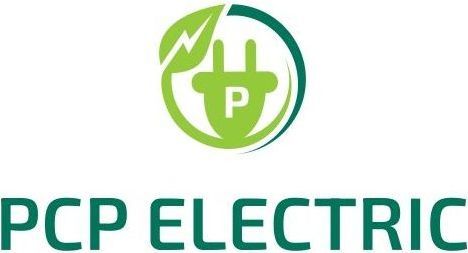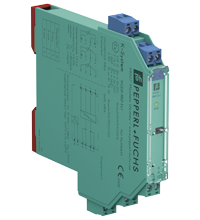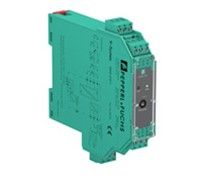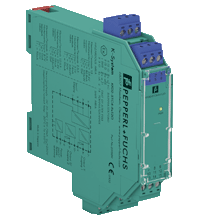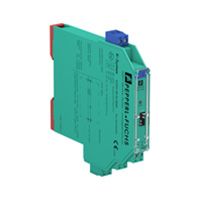Process Automation
Process automation components encompass a wide range of devices and systems designed to automate industrial processes, improve efficiency, and enhance operational control across various industries. Here are some key components typically involved in process automation:
1. Isolation Amplifiers:
- Function: Isolation amplifiers isolate and amplify analog signals while providing electrical isolation between input and output.
- Features: They protect sensitive control systems from high voltages and electrical noise, ensuring reliable signal transmission and accurate data acquisition.
2. Signal Conditioners:
- Function: Signal conditioners convert, amplify, filter, and isolate signals from sensors and transmitters to ensure they are compatible with control systems.
- Features: They improve signal quality, compensate for signal loss over long distances, and provide protection against electrical interference.
3. Pressure Transmitters:
- Function: Pressure transmitters measure fluid pressure and convert it into an electrical signal for monitoring and control purposes.
- Features: They offer accuracy, reliability, and stability in measuring pressure across a wide range of industrial applications.
4. Temperature Transmitters:
- Function: Temperature transmitters measure temperature and convert the signal from a temperature sensor (such as RTD or thermocouple) into a standardized output signal (4-20 mA, for example).
- Features: They provide precise temperature measurement and transmit the data to control systems for monitoring and control.
5. Level Measurement:
- Function: Level measurement devices monitor and control the level of liquids, powders, and bulk solids in tanks, vessels, and silos.
- Technologies: Includes ultrasonic, radar, capacitance, and hydrostatic level measurement methods, each suitable for different applications and environmental conditions.
6. Flow Measurement:
- Function: Flow measurement devices monitor and control the flow rate of liquids, gases, and steam in industrial processes.
- Technologies: Includes electromagnetic, ultrasonic, thermal, and differential pressure flow meters, offering accuracy and reliability in various flow conditions.
Connected and Integrated Solutions:
- IoT Integration: Many of these devices can be integrated with IoT platforms for remote monitoring, predictive maintenance, and real-time data analytics.
- Communication Protocols: Support for protocols like Modbus, HART, Profibus, and Foundation Fieldbus enables seamless integration into existing automation systems.
- Data Integration: Provides actionable insights into process performance, efficiency, and equipment health, supporting continuous improvement initiatives.
Benefits of Process Automation Connected Products:
- Enhanced Efficiency: Automates monitoring and control processes, reducing manual intervention and improving productivity.
- Improved Accuracy: Provides precise measurements and real-time data for better decision-making and process optimization.
- Cost Savings: Reduces energy consumption, minimizes waste, and optimizes resource usage.
- Safety and Compliance: Ensures safe operations and regulatory compliance through accurate monitoring and control of critical parameters.
These components play a crucial role in modern industrial automation systems, enabling manufacturers to achieve operational excellence, improve product quality, and maintain competitiveness in the global market. If you have specific questions about any of these products or need further details on their application, feel free to ask!

